 |
| July 28, 2020 |
Dear Reader,
Today's roundup features several stories with updates on the coronavirus pandemic. First, new studies of immune response to SARS-CoV-2, the virus that causes COVID-19, suggest timing could be critical for a class of proteins known as interferons, which are being researched as potential treatments. Next up, advocates of public transit say there is scant evidence tying major coronavirus outbreaks to buses and trains. Read our piece below to find out what the research actually shows. In a column from our August issue, Peter Glick explains why wearing a mask is not a sign of emasculation. And lastly, a video from Nature runs through some of the key questions about COVID-19 that researchers still don't have answers to. |
| | Sunya Bhutta, Senior Editor, Audience Engagement
@sunyaaa | |
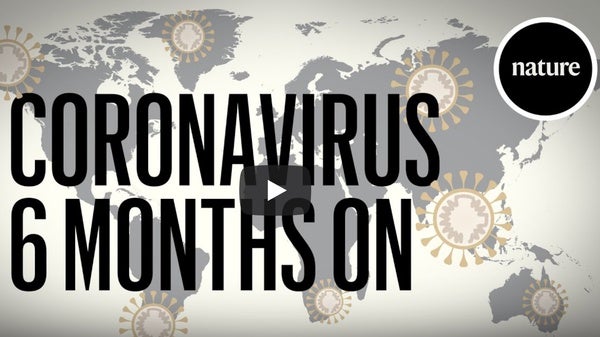 |
| Public Health COVID-19: The Big Questions That Remain The COVID-19 pandemic has become the worst public-health crisis in a century. More than 500,000 people have died worldwide. It has also catalysed a research revolution, as scientists, doctors and other scholars have worked at breakneck speed to understand COVID-19 and the virus that causes it: SARS-CoV-2. Nature runs through some of the key questions that researchers still don't have answers to. By Dan Fox | |
| |
| |
| |
| |
| |
| |
| |
FROM THE STORE
 | | Mind Over Mood: Understanding Anxiety and Depression Anxiety and depression are two of the most common conditions affecting mental health and overall quality of life, but there are tools for managing them. In this eBook, we'll explore how depression shows up in the brain, different manifestations of depression and anxiety, various talk therapies, technological innovations, lifestyle interventions and more. |  | | |
| |
FROM THE ARCHIVE
 | | | |
LATEST ISSUES
 |
| |
| Questions? Comments?  | |
| Download the Scientific American App |
| |
| |



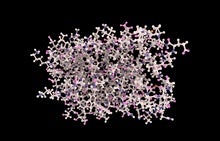




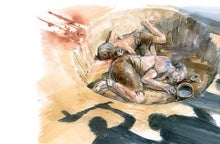

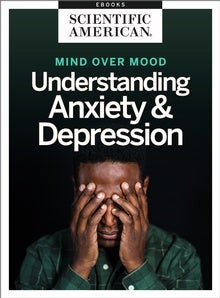


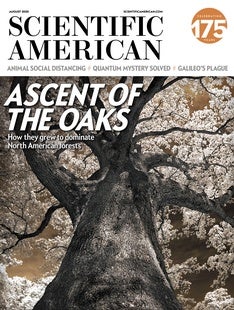

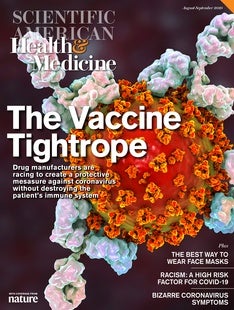
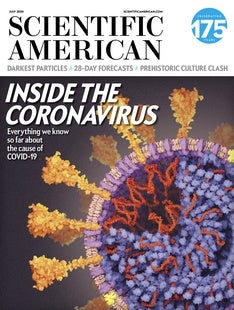
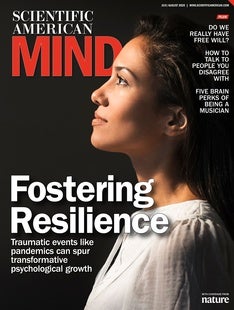



Comments
Post a Comment